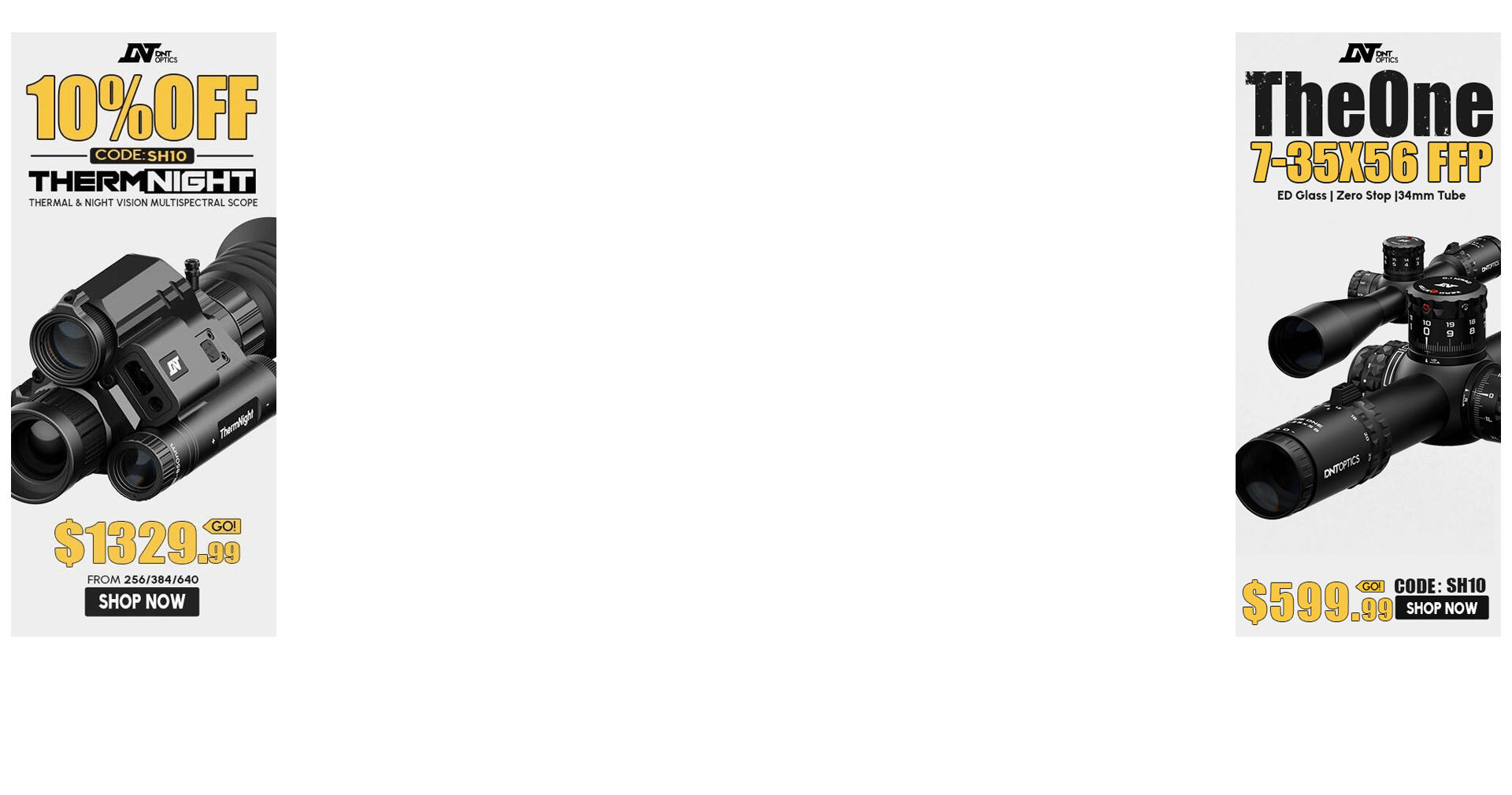I understand the concept of knowing your maximum ordinate so you know how far out you can hold at a certain part on a target and expect a hit. What I still have trouble grasping is why it is called reverse image zero, and it's relationship to simply knowing your trajectory, and where you can hold to expect a hit.
In the book "The complete 50 Caliber Sniper Course, on page 304, paragraph 4, the theory is explained. For years, I have used the concept of knowing the maximum ordinate, or where I can hold dead center and expect the bullet to strike either plus or minus a certain amount.
What I'm having trouble with is the whole imagine a mirror, the reverse image in the mirror and how this concept applies to maximum ordinate.
Any help with this will be greatly appreciated. Maybe I just need to get past the weird name for the theory, and accept that I know how to apply the concept.
In the book "The complete 50 Caliber Sniper Course, on page 304, paragraph 4, the theory is explained. For years, I have used the concept of knowing the maximum ordinate, or where I can hold dead center and expect the bullet to strike either plus or minus a certain amount.
What I'm having trouble with is the whole imagine a mirror, the reverse image in the mirror and how this concept applies to maximum ordinate.
Any help with this will be greatly appreciated. Maybe I just need to get past the weird name for the theory, and accept that I know how to apply the concept.




